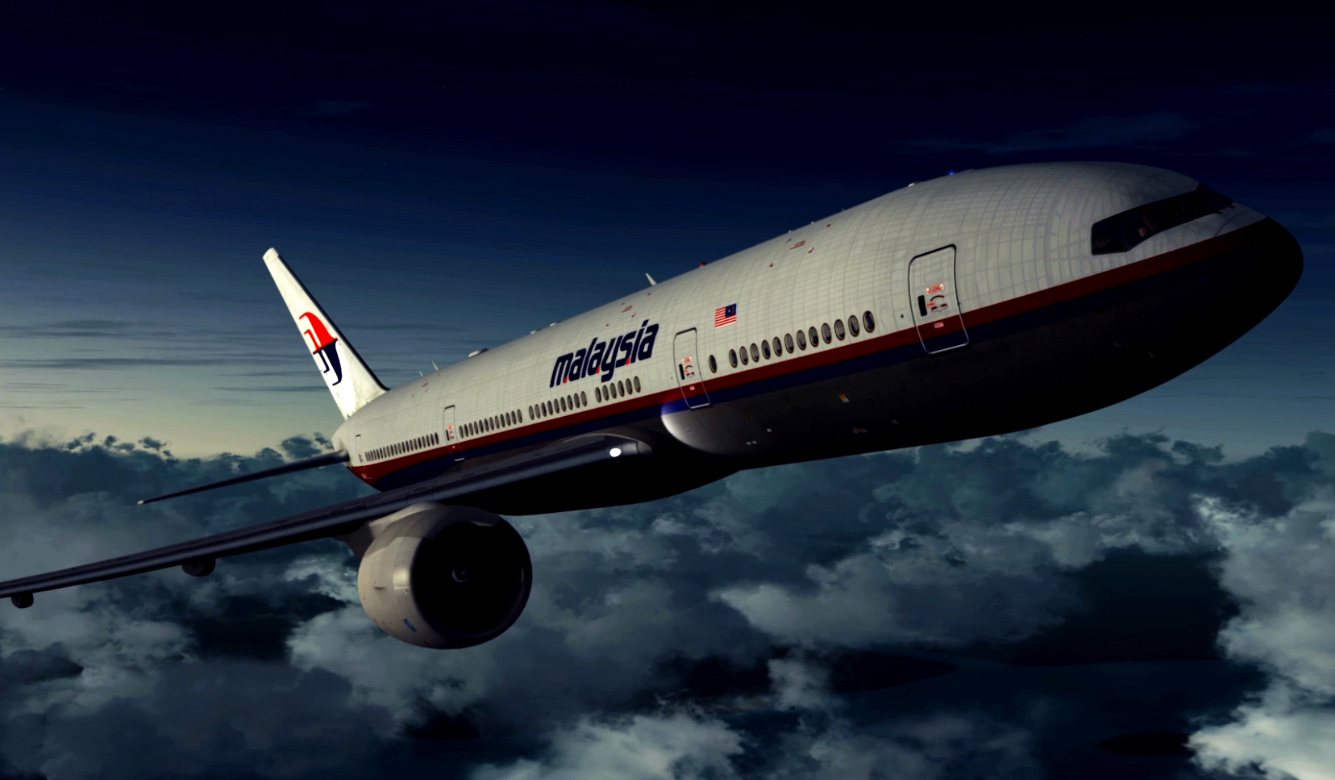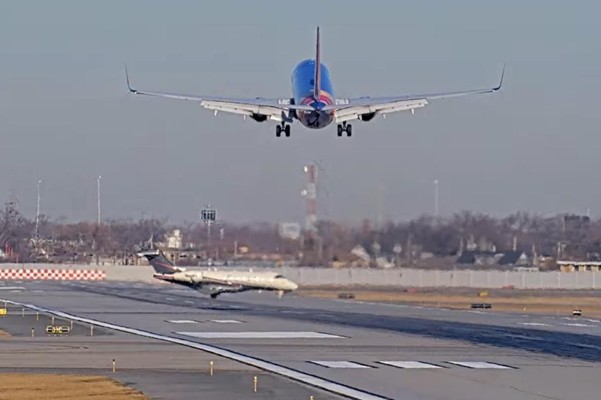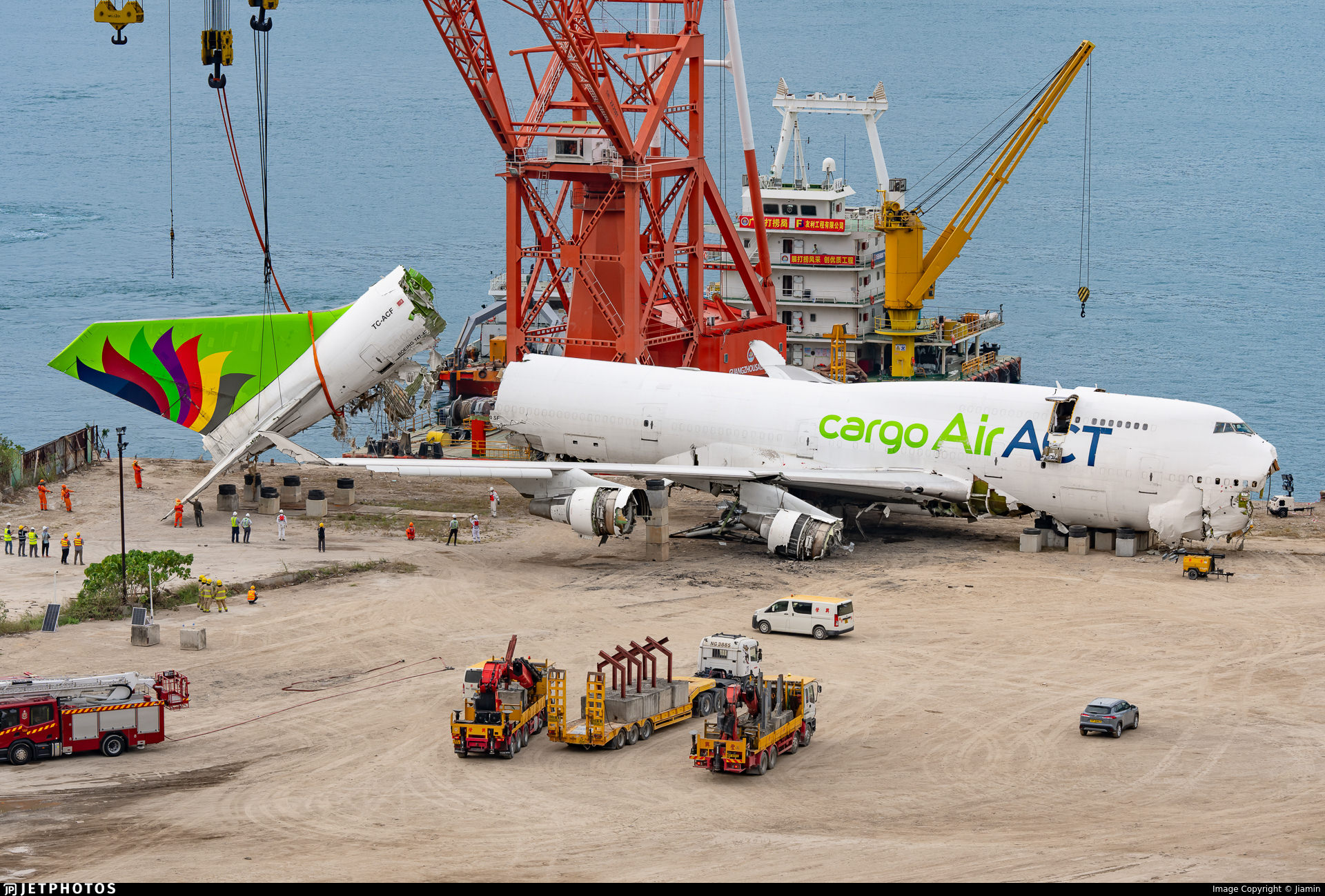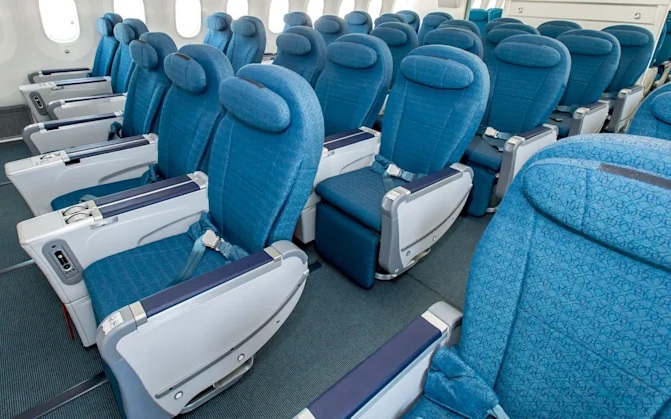By Sharon Petersen
Published Tue Jul 15 2025
The U.S. Federal Aviation Administration (FAA) and Boeing have privately communicated to global regulators and airlines that the fuel control switch locks on Boeing aircraft are safe and do not require further action, Reuters reported, citing a document reviewed by the agency and four sources familiar with the matter.
The FAA’s Continued Airworthiness Notification, dated July 11, was issued in response to a preliminary investigation into the July 4 crash of Air India Flight 171. In its notification to Civil Aviation Authorities, the FAA stated:
“Although the fuel control switch design, including the locking feature, is similar on various Boeing airplane models, the FAA does not consider this issue to be an unsafe condition that would warrant an Airworthiness Directive on any Boeing airplane models, including the Model 787.”
When contacted by Reuters, the FAA declined to elaborate beyond the contents of the notice.
Boeing similarly referred Reuters back to the FAA notice. In a Multi-Operator Message sent to airlines, Boeing stated it was not recommending any additional inspections or changes to operating procedures, two sources familiar with the message confirmed.
Airlines Take Action Regardless
Despite the FAA and Boeing’s stance, several international aviation regulators and airlines have independently launched precautionary checks.
Etihad Airways was among the first, issuing an internal directive to its Boeing 787 pilots last week, instructing them to “exercise caution” when handling the fuel control switches.
Following that, India’s Directorate General of Civil Aviation (DGCA) on Monday ordered all Indian carriers operating Boeing 787 and 737 aircraft to inspect the locking mechanisms on fuel switches. The regulator set a deadline of July 21 to complete fleet-wide inspections.
Now, South Korea is preparing to issue a similar directive, instructing its domestic airlines to inspect the fuel control switches on Boeing jets, a spokesperson from the country’s Ministry of Land, Infrastructure and Transport confirmed to Reuters. While no timeline was given, the ministry noted the checks would align with FAA guidance issued in 2018.
Fuel Switch Design Under Renewed Scrutiny
The AAIB's preliminary report referenced a 2018 FAA advisory, which had recommended—but not required—operators of several Boeing models, including the 787, to inspect the locking features of fuel cutoff switches to prevent accidental movement.
Air India stated it had not conducted these inspections, citing the non-mandatory nature of the advisory. Maintenance records show the throttle control module, which contains the fuel switches, had been replaced on the aircraft in both 2019 and 2023. The AAIB noted that all relevant airworthiness directives and service bulletins had been complied with.
Crucially, the report also revealed that in the aircraft’s final moments, cockpit voice recordings captured one pilot asking the other why the fuel had been cut. The second pilot replied, “I did not do so.” The switches were found to have moved to CUTOFF nearly simultaneously shortly after takeoff, but investigators have not yet determined how or why that occurred.








